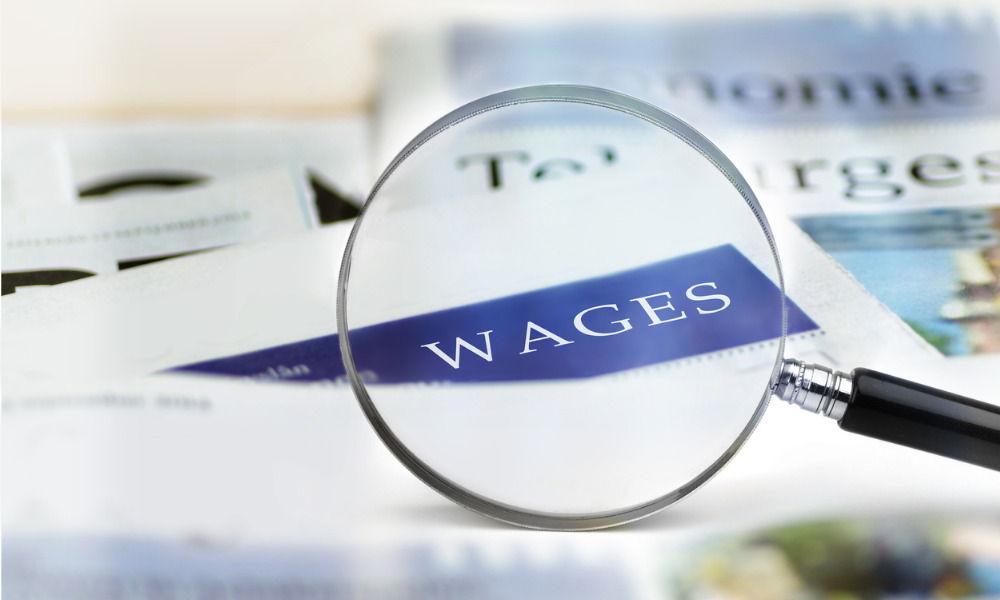
Analysts warn pay increases are unlikely to return any time soon

Australia’s near-stagnant wage growth has persisted long before the COVID-19 crisis began. Now, the tide is unlikely to turn even in the next five years, data from Deloitte Access Economics showed.
“Measured using the wage price index, wage gains were only a little over 2% when COVID hit, and we forecast they’ll only return to that relatively sluggish rate by late 2025 or early 2026,” analysts said.
In 2019, former Treasury official Chris Richardson – who penned last year’s forecast from Deloitte – also predicted Australia would only be “treading water rather than roaring into recovery”.
Read more: Wage growth in Australia still slow
With wage growth practically flatlining for more than a decade now, workers in Australia have grown accustomed to the trend of stagnant pay increases.
The last time wage growth rates hovered over 4% was right before the 2008-09 global financial crisis. From then on, increases generally plateaued at about 2%.
“Those days [of wage increases] are gone, and wage growth weakness has been a long-lasting phenomenon both globally and locally,” analysts said.
Inflation is predicted to remain steady – hitting rock bottom only by mid-2022 – but it likely won’t return to the Reserve Bank’s “comfort zone” of 2-3% until late 2023 or early 2024, they said.
Despite the possibility of pay increases flatlining until 2026, Australia is poised to see recovery continue in the job market. The country is also working to keep its tally of coronavirus cases low as it prepares for the government’s vaccination drive in February.
Read more: Why does Australia have such low wage growth?
The analysts, however, warned that the COVID-19 crisis is far from over. “To be clear, although the damage of 2020 is winding back fast, it definitely hasn’t disappeared, and it will linger,” they said.
“[The] enormous protection provided by the federal government is being dismantled rapidly, the world economy is a mess, and the geopolitical backdrop for Australia looks more troubled than it has been for many years.”
But while Australia may have taken “many” missteps in its crisis response strategy, the country has thus far committed “fewer mistakes than most of the globe,” the report said.
Treasurer Josh Frydenberg attributed the country’s rebound to the federal government’s $250bn coronavirus relief package, primarily the measures that protected businesses and employees.
Frydenberg also echoed the results of the Deloitte study, citing how the economy is “bouncing back rapidly and outperforming expectations”. A “fiscal cliff” has been avoided, he said.
“We’re also encouraged by Deloitte’s predictions of a further drop in unemployment to 6.5% in 2021,” Frydenberg said. “A long way from Treasury’s initial estimates of a peak of 15% in unemployment without the government’s economic support.”